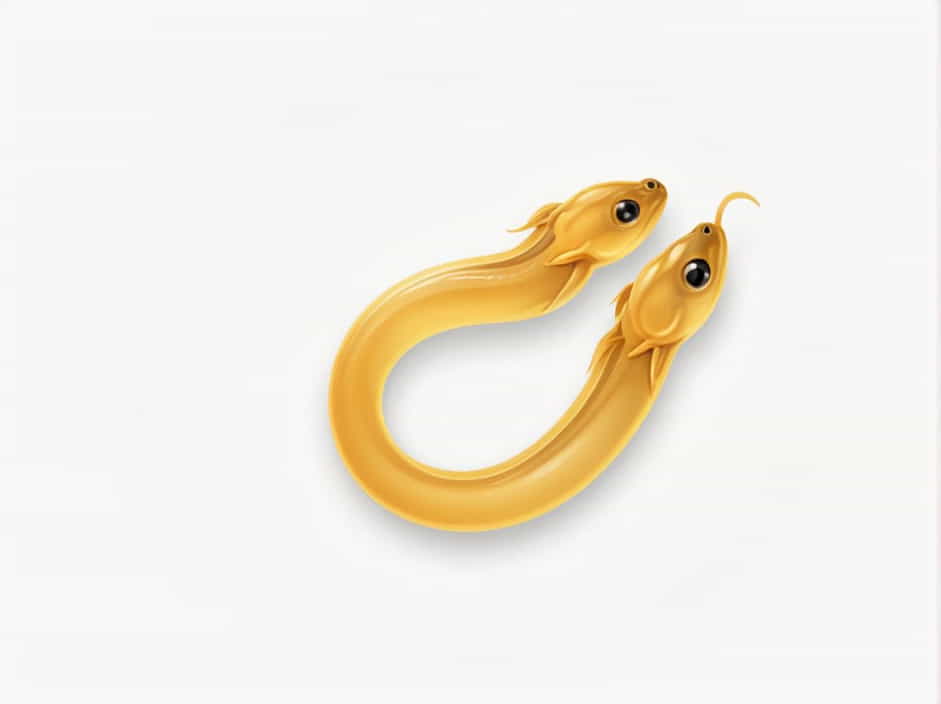Elver eels, also known as glass eels, are among the most valuable seafood commodities in the world. These tiny, transparent juvenile eels can fetch thousands of dollars per kilogram, making them one of the most expensive aquatic species. But why do they command such high prices?
Understanding Elver Eels
What Are Elver Eels?
Elver eels are the juvenile form of the European eel (Anguilla anguilla) and the American eel (Anguilla rostrata). These eels hatch in the Sargasso Sea and migrate thousands of miles to the rivers and freshwater systems of Europe and North America. Their life cycle is complex, making their population difficult to manage.
Why Are They Called “Glass Eels”?
Elver eels are also called glass eels because of their translucent bodies. This stage occurs when they transition from their larval form into freshwater environments. They later develop pigmentation and grow into adult eels.
Reasons for Their High Price
1. Scarcity and Overfishing
Elver eels are in high demand, but their population is declining due to overfishing and habitat destruction. European and American eels are classified as endangered species, leading to strict fishing regulations that limit supply. This scarcity drives prices higher.
2. High Demand in Asia
The primary reason for the high price of elver eels is the booming market in Asia, particularly in Japan and China. In these countries, eels are considered a delicacy, and demand for them has skyrocketed. Since wild eel populations in Asia have also declined, buyers turn to imported elvers from Europe and North America.
3. Challenges in Farming Eels
Unlike other seafood species, eels cannot be bred in captivity on a large scale. Most eel farms rely on wild-caught elvers, which are raised in controlled environments until they reach market size. Since artificial breeding of eels is not yet commercially viable, the demand for wild elvers remains high.
4. Strict Fishing Regulations
Governments impose strict quotas and seasonal fishing bans to protect eel populations. Fishermen need licenses and permits, which are limited in number. These restrictions create a supply bottleneck, further increasing prices.
5. Smuggling and Illegal Trade
Because of their high value, elver eels have become targets for illegal fishing and smuggling operations. Black market activities, particularly in Europe, have resulted in law enforcement crackdowns. Authorities in several countries have seized shipments of illegally caught elvers worth millions of dollars. The risk involved in this trade also contributes to price inflation.
How Much Do Elver Eels Cost?
The price of elver eels fluctuates based on supply and demand. In recent years, prices have ranged from $2,000 to $6,000 per kilogram. In extreme cases, the price has exceeded $10,000 per kilogram during shortages.
Price Comparison with Other Expensive Seafood
- Elver Eels – Up to $10,000 per kg
- Bluefin Tuna – $3,000 to $5,000 per kg
- Beluga Caviar – Around $5,000 per kg
- Matsutake Mushrooms – $1,000 to $2,000 per kg
Elver eels remain one of the most expensive seafood items in the world, rivaling luxury products like caviar and premium tuna.
The Impact of the Elver Eel Trade
Environmental Consequences
The high demand for elver eels puts enormous pressure on wild populations. Conservation groups warn that continued overfishing could push eels closer to extinction. Sustainable fishing practices and strict regulations are necessary to prevent further depletion.
Economic Importance
Despite conservation concerns, elver fishing remains an important industry, especially for small-scale fishermen in the U.S., Canada, and Europe. For many, it provides a significant source of income, especially in coastal communities.
The Future of Elver Eels in the Market
With increasing restrictions and declining wild populations, the price of elver eels is likely to remain high. However, advancements in eel aquaculture could reduce dependency on wild stocks. Scientists are working on breeding techniques to create a sustainable eel farming industry. If successful, it could stabilize prices and reduce pressure on wild populations.
Elver eels are incredibly expensive due to their rarity, high demand in Asia, and the challenges associated with farming them. Strict regulations, illegal trade, and conservation efforts all influence their market price. As efforts to breed eels in captivity continue, the future of the elver eel trade remains uncertain. However, as long as demand outpaces supply, these tiny, translucent eels will continue to be one of the priciest seafood items in the world.
